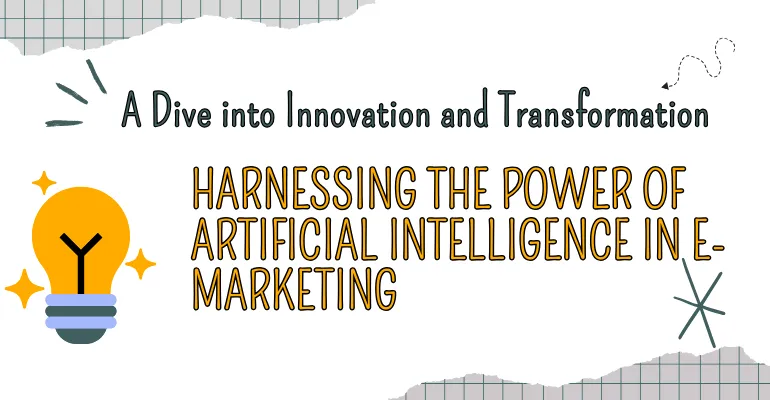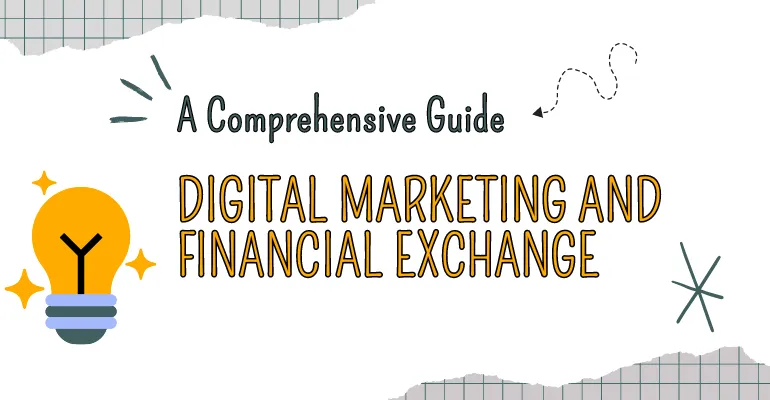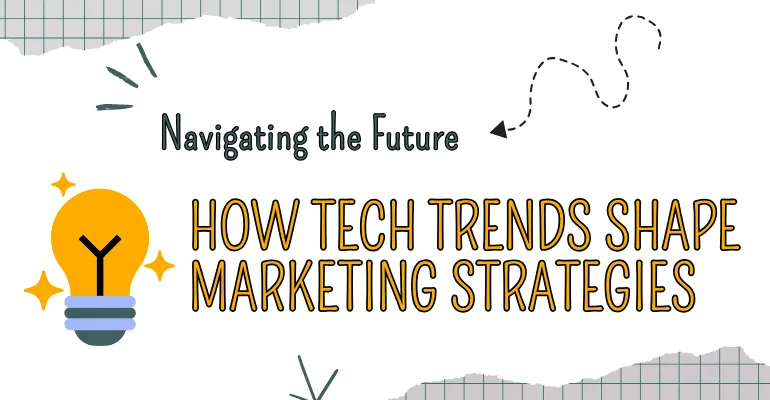Elevating Your Brand with Independent Coverage: A Strategic Approach to Media Relations
In the competitive landscape of modern business, securing independent media coverage can be a game-changer for brands looking to amplify their reach, credibility, and influence. This article delves into the significance of independent coverage, outlines strategies for securing it, and highlights the benefits of establishing strong media relations. By understanding and leveraging the power of independent media, brands can differentiate themselves, engage with wider audiences, and drive meaningful growth.
Understanding the Value of Independent Coverage
Independent media outlets, ranging from local newspapers and blogs to national publications and online news platforms, offer a unique opportunity for brands to tell their story in an unbiased and authentic manner. Unlike sponsored content or advertorials, independent coverage is perceived as more credible and trustworthy by consumers, as it is not influenced by direct commercial interests. This perception can significantly enhance a brand’s reputation and customer trust.
Benefits of Independent Coverage
- Increased Credibility: Being featured in independent media outlets lends credibility to a brand, reinforcing its legitimacy and expertise in its field.
- Wider Reach: Independent media outlets often have a substantial readership, expanding a brand’s exposure beyond its immediate network.
- Authentic Storytelling: Independent journalists bring a fresh perspective, allowing brands to share their narratives in an authentic and engaging way.
- SEO Boost: Media mentions can positively impact a brand’s search engine rankings, increasing visibility and attracting organic traffic.
Strategies for Securing Independent Coverage
Securing independent media coverage requires a strategic approach that focuses on building relationships, crafting compelling stories, and leveraging the right channels.
Build Relationships with Journalists
Journalists are gatekeepers to independent media coverage. Building relationships with them involves understanding their beats, providing valuable insights, and offering assistance when needed. Platforms like HARO (Help A Reporter Out) facilitate these connections, matching reporters with experts for stories.
Craft Compelling Stories
Successful media pitches start with compelling stories that resonate with the journalist’s audience. Highlight unique aspects of your brand, such as innovative products, community involvement, or industry leadership. Tailor your pitch to each outlet, demonstrating how your story fits into their editorial calendar and audience interests.
Leverage PR Agencies
PR agencies specialize in media relations, offering expertise in pitching stories, crafting press releases, and managing media outreach. They possess extensive databases of journalists and media outlets, enabling brands to target their pitches more effectively.
Engage with Influencers and Bloggers
Influencers and bloggers often serve as independent voices in their niches. Partnering with influencers relevant to your brand can lead to organic endorsements and reviews, amplifying your reach and authenticity.
Measuring Success and Maintaining Momentum
Tracking the impact of independent media coverage is crucial for assessing success and refining strategies. Metrics to consider include:
- Media Mentions: Track the volume and quality of mentions across various outlets.
- Engagement Rates: Measure the interaction with your brand following media coverage, including website visits, social media engagement, and conversions.
- Reputation Monitoring: Use tools like Google Alerts and Mention to monitor brand mentions and sentiment in the media.
Maintaining momentum involves staying responsive to journalists’ inquiries, regularly updating your brand’s story, and continuing to build relationships within the media community.
Conclusion
Securing independent media coverage is a strategic initiative that can significantly elevate a brand’s visibility, credibility, and customer engagement. By adopting a proactive approach to media relations, crafting compelling stories, and leveraging the right channels, brands can effectively navigate the media landscape, forging meaningful connections with their audience and driving sustainable growth.














